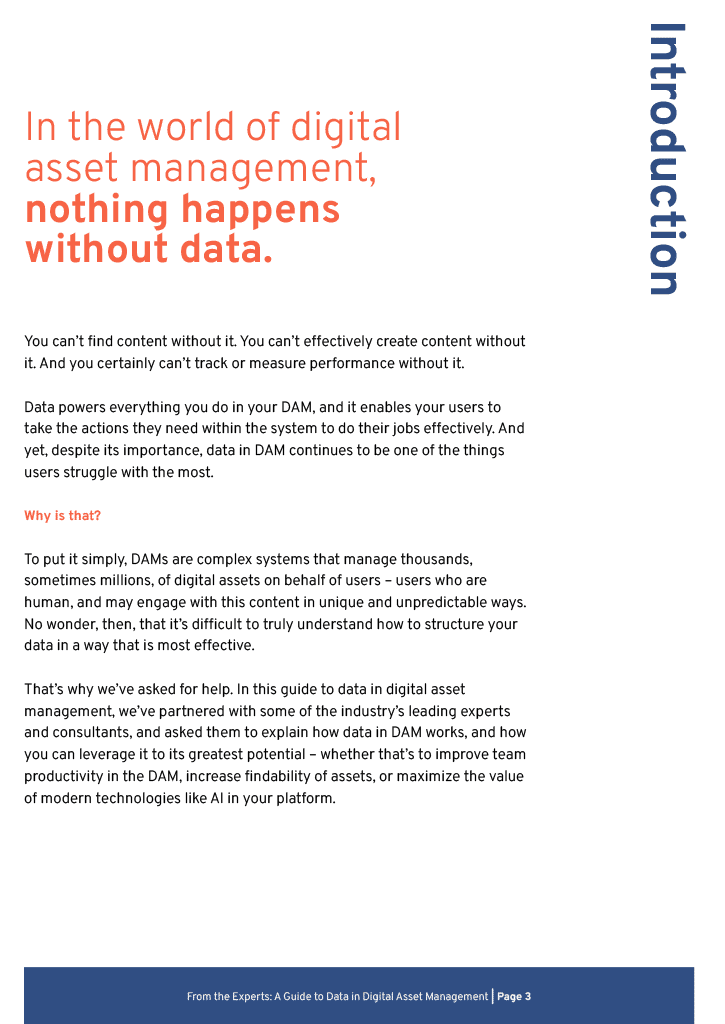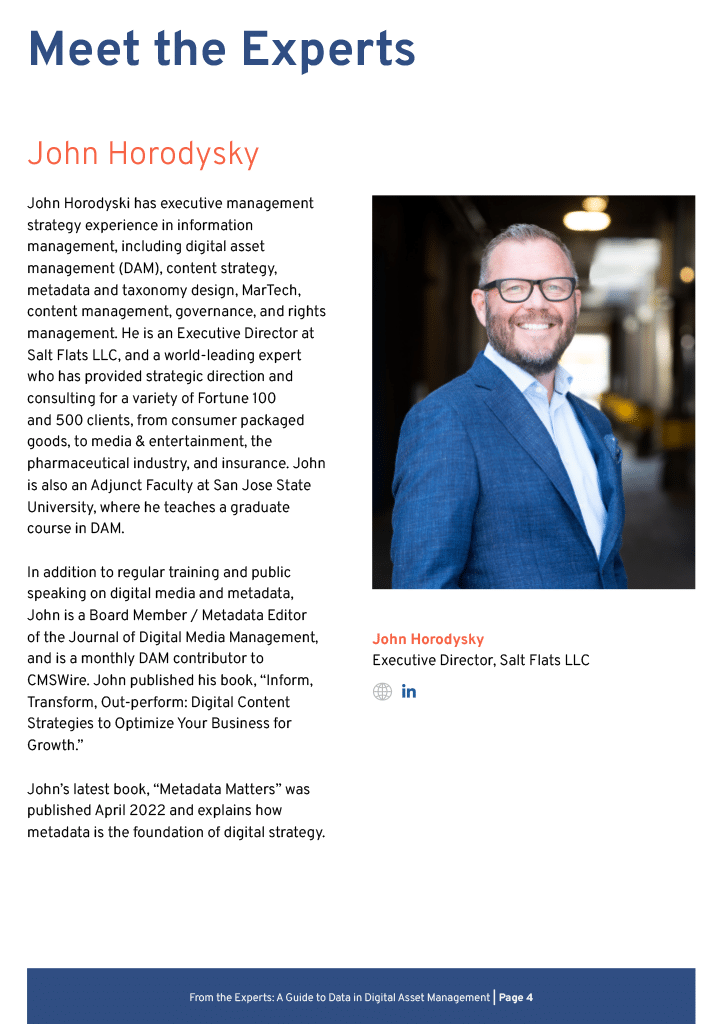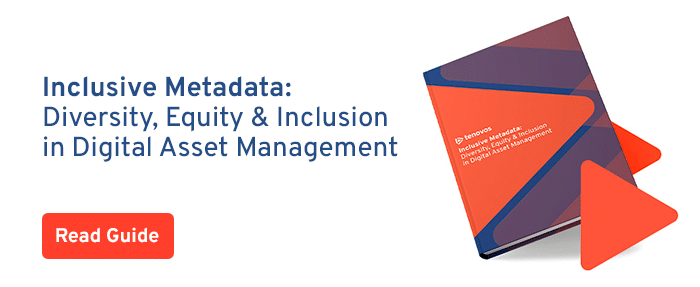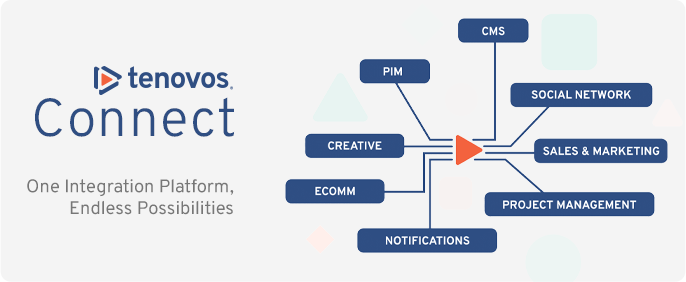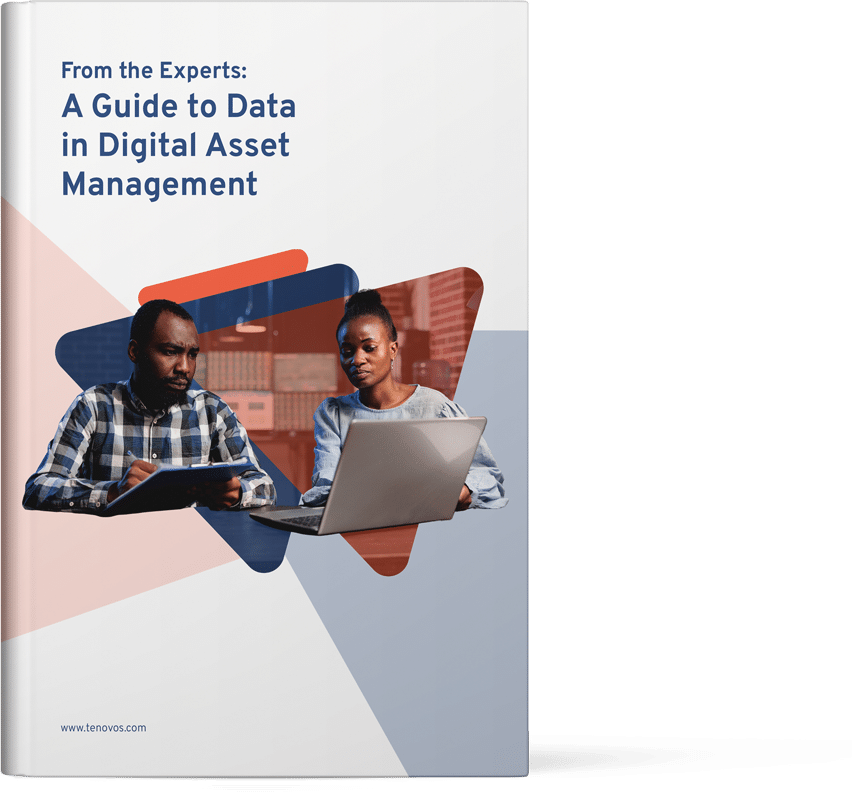
A Guide to Data in Digital Asset Management
Learn how data works in DAM, and how you can leverage digital assets data to its greatest potential – whether that be improving team productivity, increasing the discoverability of assets, or maximizing the value of modern technologies like AI in your platform.
Written by DAM experts, this 5 chapter guide covers:
How to think about data as a foundational element of your DAM
The power of keywords in digital asset management
How data maturity can increase ROI
AI, machine learning, and the future of DAM


